While the focus of vaccinations is often on human health, our furry companions also benefit from immunization against various diseases. Drawing parallels between human and dog vaccination can provide insights into similarities and differences in how vaccines affect individuals of different species. we often see dog behavior change after vaccination, if you are new to this then read further to understand your dogs’ behavior change.
We as humans are given the ability to speak, allowing us to articulate our discomfort and pain with words. But for our beloved canine companions, devoid of this linguistic tool, communication takes on a different form. Instead of vocalizing their distress, dogs express it through subtle shifts in behavior.
Potential Behavioral Changes
After vaccination, dogs may exhibit a range of behavioral changes, with the extent varying among individuals. Commonly observed behaviors include lethargy or increased fatigue, likely resulting from the body’s immune response to the vaccine. Some dogs may experience mild discomfort, evidenced by restlessness, pacing, or difficulty finding a comfortable position. Decreased appetite might also occur temporarily, possibly due to stress or a feeling of malaise. Pain, tenderness, or swelling at the injection site can lead to licking, chewing, or limping behaviors.
Here’s a breakdown of potential dog behavior changes after vaccination:
- Lethargy or Fatigue
- Mild Discomfort
- Decreased Appetite
- Localized Pain or Swelling
- Increased Vocalization
- Aggression or Irritability
- Social Withdrawal
It’s crucial to remember that not all dogs will experience these dog behavior change after vaccination, and the severity and duration of these changes can vary widely among individuals.
Also Read: How Often Should I Take My Dog to the Vet?
Recognizing Normal Reactions vs. Concerning Symptoms
After receiving vaccinations, dogs, like humans, may exhibit a range of normal reactions as their bodies respond to the vaccine’s antigens. Understanding these typical responses can help pet owners distinguish between expected side effects and more concerning symptoms.
Recognizing Normal Reactions:
Dogs may appear more tired than usual, preferring rest over their usual activities. Similarly, a temporary decrease in appetite is not uncommon. It’s as if their enthusiasm for meals has been momentarily dampened. Additionally, mild pain or swelling at the injection site may occur, reflecting the body’s natural inflammatory response to the vaccine. These reactions are generally mild and transient, resolving on their own within a day or so.
Also Read: Best Dog Blankets for Couch Sleepers
Recognizing Concerning Symptoms
Persistent or severe lethargy that lasts beyond a day, accompanied by other signs of distress such as vomiting, diarrhea, or difficulty breathing, warrants immediate veterinary attention. Similarly, if a dog exhibits signs of pain or discomfort that seem disproportionate to what is expected after vaccination, it could signal a more serious problem. Swelling at the injection site that becomes increasingly pronounced or is accompanied by redness, warmth, or discharge should also be evaluated promptly by a veterinarian.
Precautions and Preparing for Vaccinations
Precautions and preparing for vaccinations are vital steps in ensuring a smooth and safe experience for both dogs and their owners. Before the vaccination appointment, it’s essential to communicate with the veterinarian about any pre-existing health conditions or medications the dog may be taking. This information helps the veterinarian tailor the vaccination protocol to the individual needs of the dog and minimize the risk of adverse reactions.
Providing a calm and soothing environment at home before and after the vaccination appointment can also help alleviate any anxiety or apprehension the dog may feel. By taking these precautions and preparing adequately for vaccinations, pet owners can help ensure a positive and safe experience for their furry companions.
Also Read: Understanding Dog Displacement Behavior
Final Words on Dog Behavior Change After Vaccination
As we navigate the realm of dog behavior change after vaccination, let’s remember that our furry friends communicate their discomfort and pain through subtle behavioral changes. While post-vaccination lethargy and mild discomfort are common, persistent symptoms like severe lethargy or pronounced swelling warrant immediate veterinary attention. By communicating with our veterinarians, creating a calm environment, and staying attuned to our dogs’ needs, we can ensure a positive and safe vaccination experience. Let’s stand by our faithful companions, advocating for their health and providing comfort when they need it most.
Meet Treeing Tennessee Brindle
Interesting Reads:

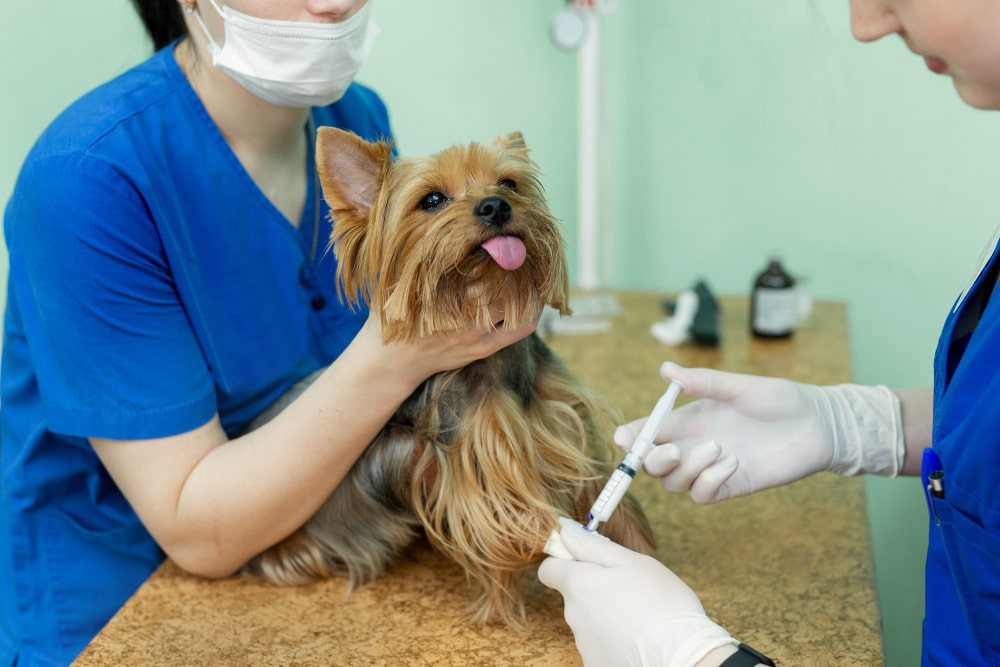

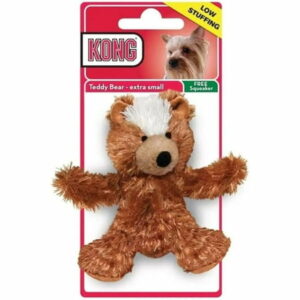
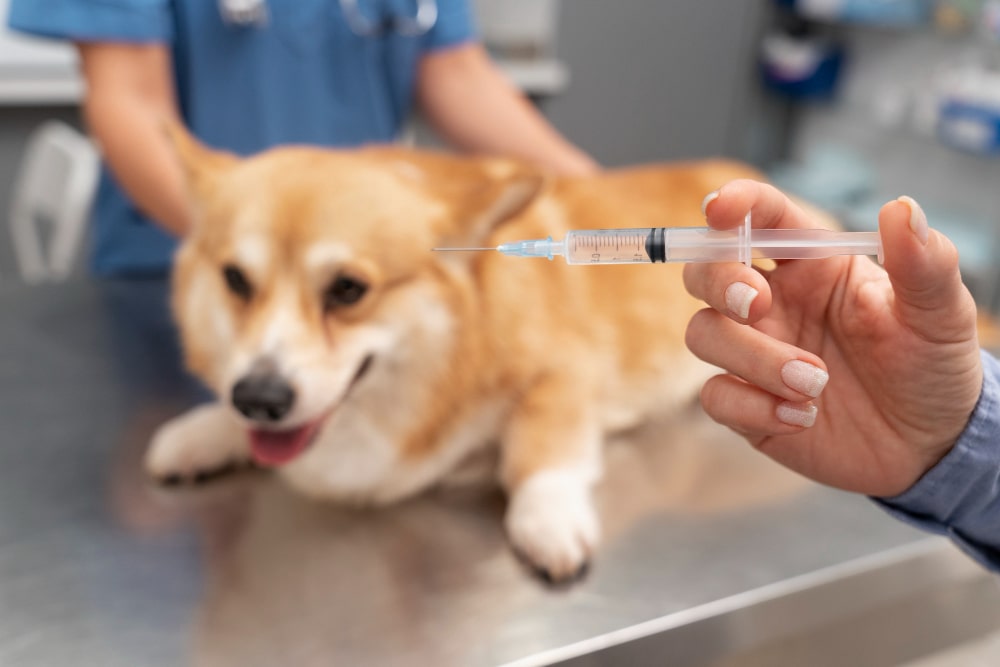
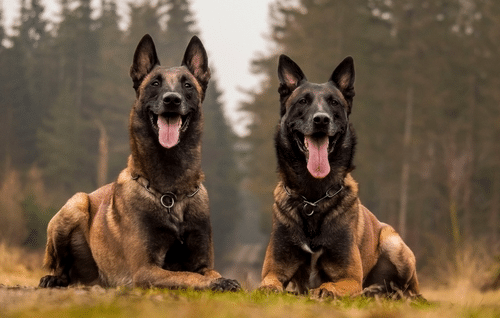
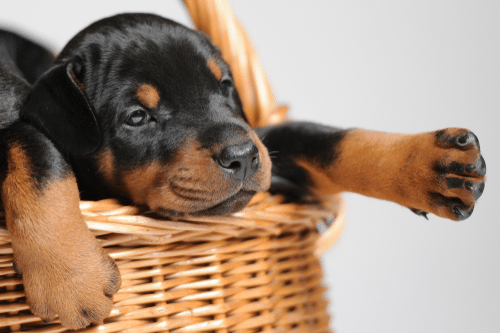
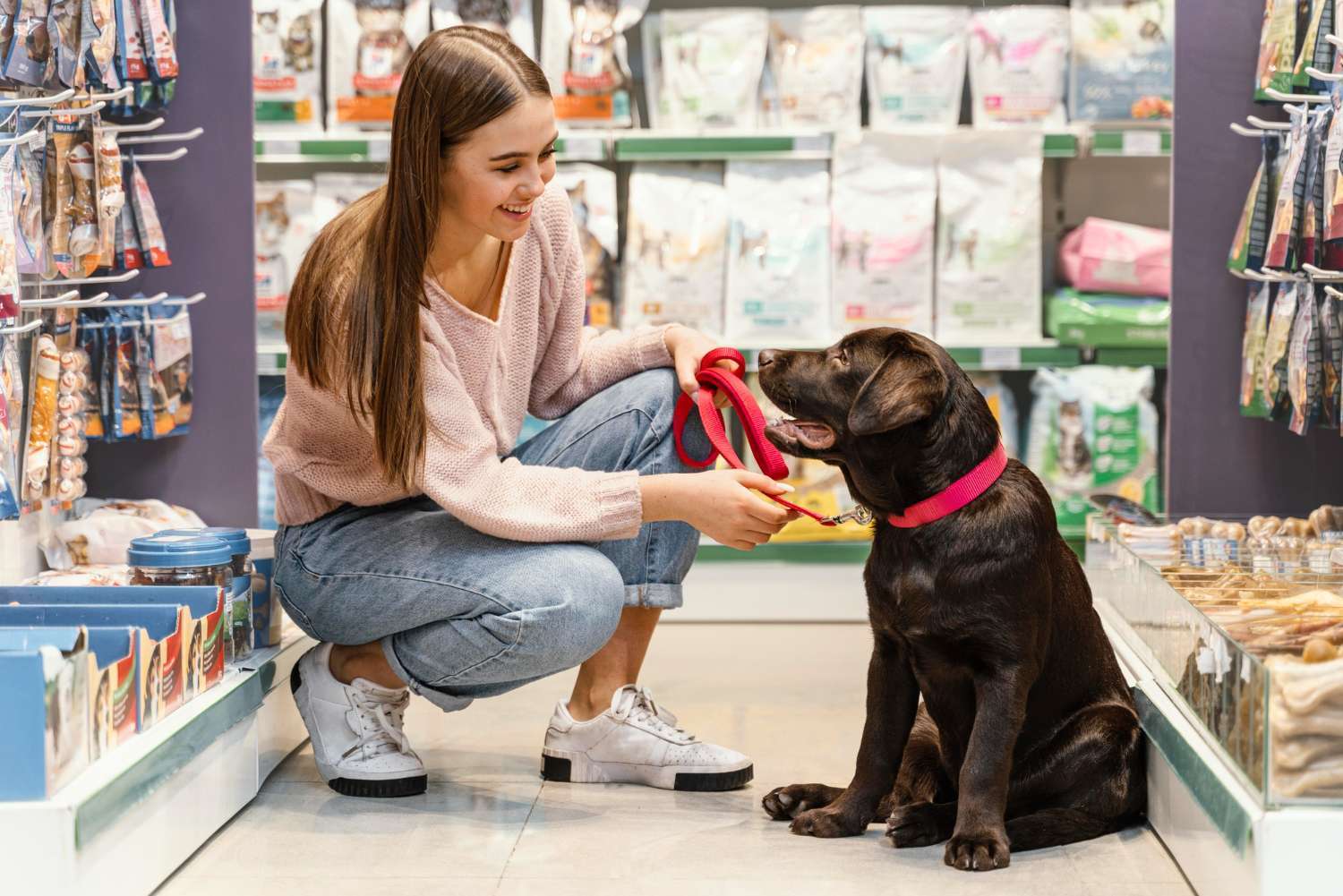
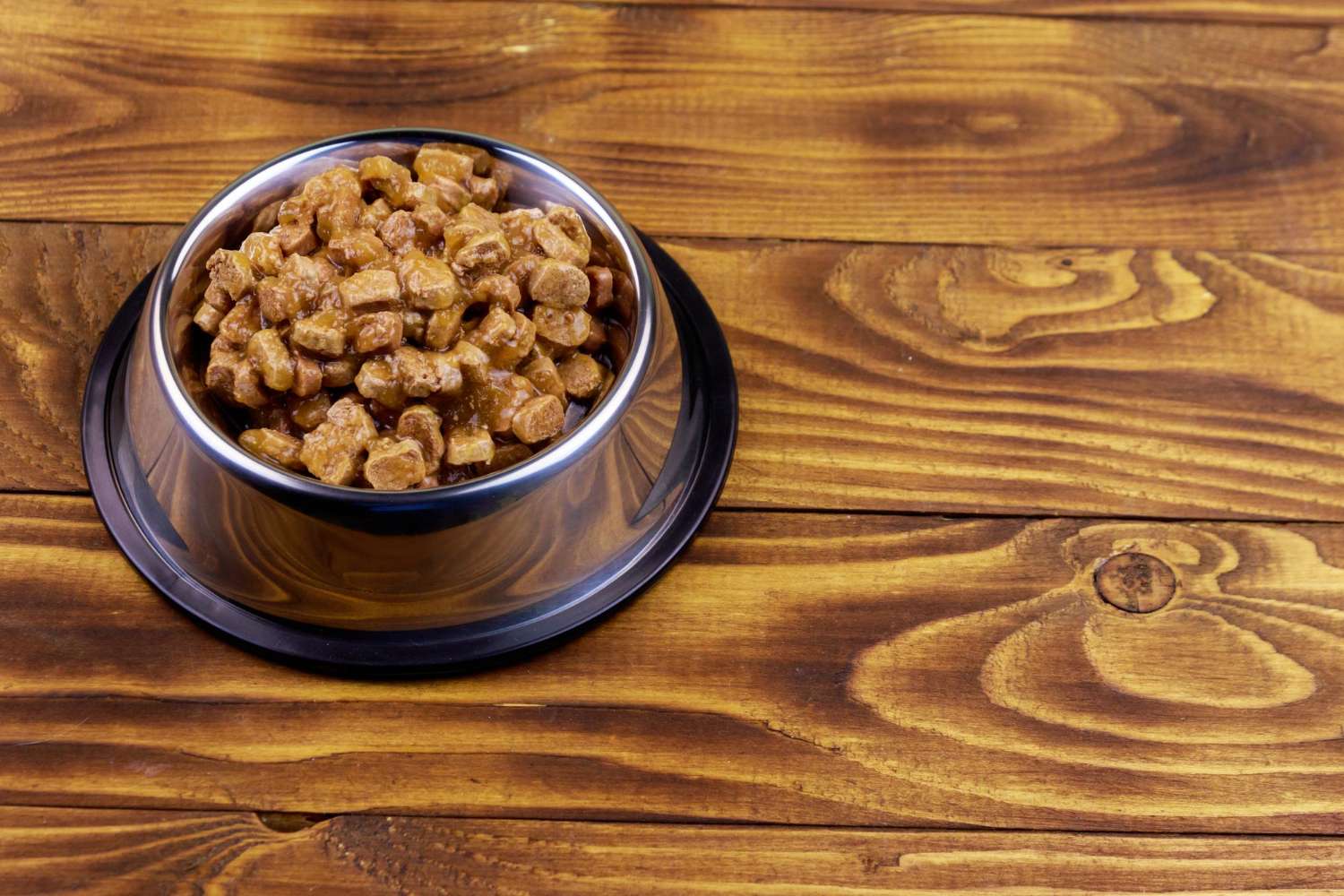
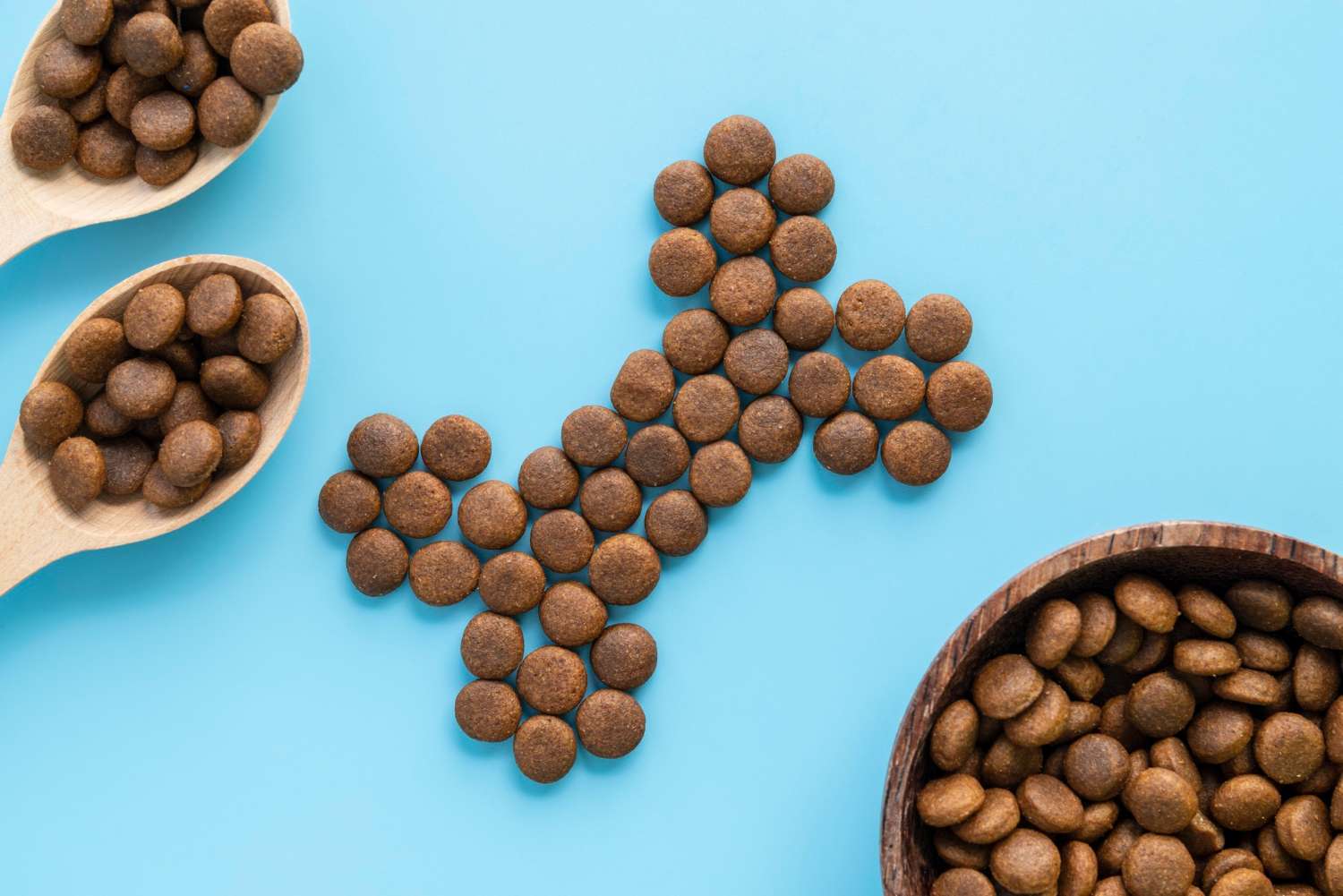


Get involved!
Comments